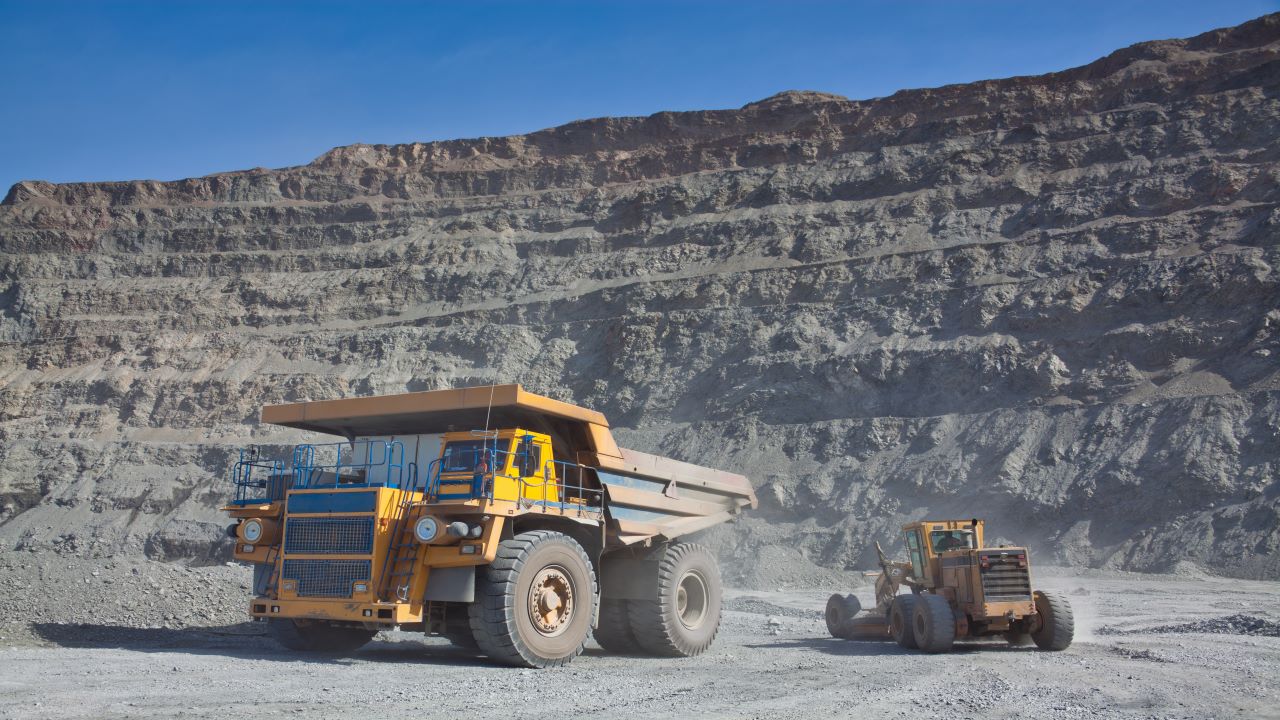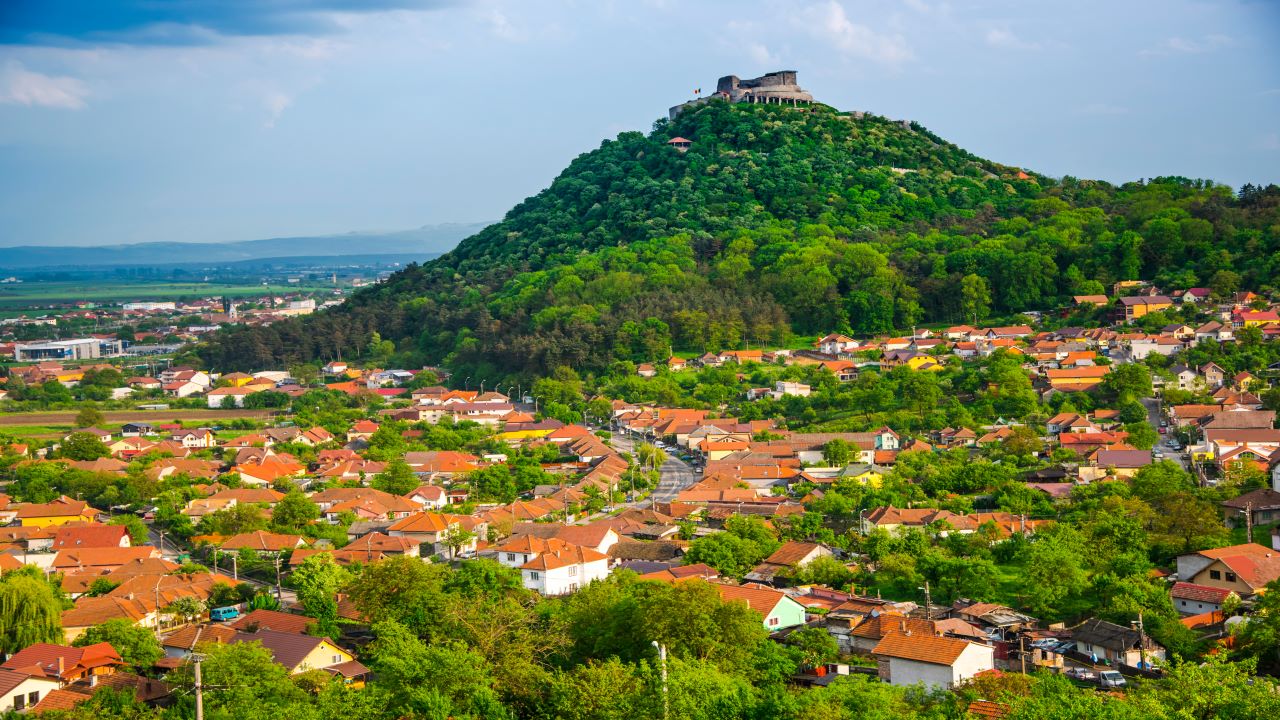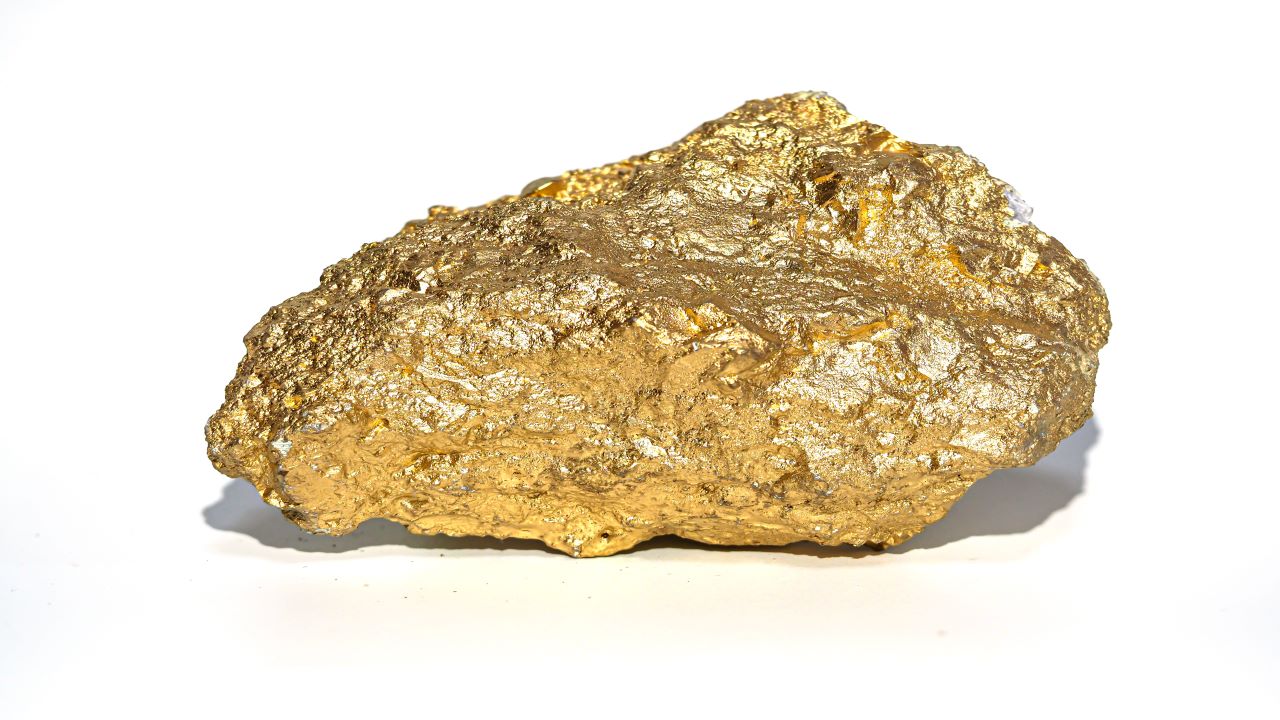The Rovina Valley Project is an open-pit, gold-copper mining development located in Hunedoara, Romania. It is being developed by Euro Sun Mining through its wholly owned subsidiary Samax Romania.
The property comprises two open-pit deposits, Colnic and Rovina, and an underground deposit, Ciresata. The mining licence for the Rovina Valley project was granted in November 2018, following which a preliminary economic assessment (PEA) was released in February 2019. A definitive feasibility study (DFS) for the project was published in April 2021.
The Romanian open-pit mining project is estimated to require a capital investment of approximately $399m. The Rovina Valley project will have a production capacity of more than 1.3 million ounces (Moz) of gold and 400 million pounds (Mlb) of copper over its mine life of 16.8 years. It is estimated to produce 106,000oz of gold and 19Mlb of copper during the first ten years of operation.
Rovina Valley project location and geology
The Rovina Valley Project lies in Hunedoara, a part of Romania’s Development Region of Transylvania. The mining property is located approximately 25km north of the city of Deva, and 7km east of the town of Brad.
The gold-copper property lies within the Golden Quadrilateral Mining District near the northern end of the Sacarimb-Brad volcanic belt. It is underlain by a series of subvolcanic intermediate intrusive rocks of Neogene era.
The project is based on the exploitation of the Rovina, Colnic and Ciresata porphyries, which are associated with subvolcanic intrusives of similar composition and alteration. All three porphyries are characterised by dioritic, calc-alkaline stock associated and ample magnetite alteration.
Rovina Valley project mineralisation and reserves
The copper-gold mineralisation at Rovina Valley is hosted in multiple composite plagioclase-hornblende porphyritic subvolcanic intrusives. It is exposed as outcrops in the Baroc valley drainage over approximately 300m. The mineralised porphyries are cylindrical and vertical, of which at least three are identified. Mineralisation extends up to 600m below the surface. The main Rovina porphyry intrudes a brecciated porphyritic unit that is locally mineralised.
The proven and probable mineral reserves at the Rovina Valley Project were estimated at 133.4 million tonnes (Mt) grading 0.42g/t of gold and 0.16% of copper as of April 2021.
Mining at Rovina Valley project
The Rovina Valley project will initially focus on the open-pit deposits, followed by the underground deposit. It will be mined using conventional open-pit methods of drill and blast, and truck and shovel operations. The mine plan includes drilling and blasting of most of the ore and waste materials as there is a nominal amount of free dig.
Mining operations will utilise 200t hydraulic backhoe excavators to load the free-dig and blasted ore, which will be hauled by 90t haul trucks to the plant feed run of mine (ROM) pad.
Mining will first start at the Colnic pit, which has the best incremental value per tonne followed by the Rovina pit. The Colnic deposit is also expected to deliver higher mill feed grades in the early life of the mine. The two deposits will then be mined for the remainder of the project life. The mining fleet will be able to accommodate the peak production requirement of 27.4 million tonnes per annum (Mtpa).
A per-stripping period of approximately six to seven months will be required to expose sufficient ore to sustain the ore feed for the processing plant.
Mineral processing details at Rovina Valley
The Rovina Valley processing plant design features a froth flotation process to recover copper and gold concentrates. The processing plant has a planned throughput of 7.2Mtpa with ore feed from both the Colnic and Rovina pits. It will treat ore from the Colnic pit during the first seven years and Rovina during the remaining nine years of the mine life.
The process plant infrastructure will include a gyratory primary crushing circuit, a semi-autogenous grinding (SAG) mill operating in conjunction with a ball mill, and a pebble crushing semi-autogenous ball mill crusher (SABC) circuit. It will also integrate a conventional froth flotation stage that will serve as a mineral separation technique for the beneficiation of the sulphide copper ore.
The ROM ore will be crushed in a single-stage crushing circuit with a gyratory crusher. The crushed ore will then be milled in a primary SAG mill and a secondary ball mill. A cone crusher will be used to crush pebbles from the SAG mill discharge screen and recycle it back to the mill feed conveyor.
The mill discharge will be pumped to a cyclone cluster and the cyclone underflow will be transferred by gravity to the secondary ball mill. The rougher scalper concentrate will be transferred to the concentrate thickener, while the rougher-scavenger concentrate will report to the regrind mill to recover gold and copper.
The reground concentrate is then transferred to a multi-stage cleaner flotation circuit and the final concentrate is thickened, filtered and packaged for sale.
Infrastructure at the Rovina Valley Project
The Rovina Valley Project is accessible from Sibiu via a four-lane highway to Deva and then a 40km-long paved two-lane highway leading to Brad, a historical gold mining town. A 7km-long stretch of secondary paved roads then heads eastward to the village of Bucuresci within the Rovina property.
The mine will receive power from the Romanian power grid through an agreement between Mintia-Deva Power Station, Transelectrica, and ESM. The estimated grid connection capacity for the project is 100 megavolt amperes (MVA), which will be supplied via an underground transmission line to the switchyard at the processing plant.
The process and raw water storage tanks at the project site will be fed from recovered inner-plant tailings filtration and thickener water return systems and the contact water catchment dam. The dam is fed by stormwater from the surrounding hills and the waste facility underdrainage, including feed from the respective pit dewatering facilities.
Contractors involved
The DFS for the Rovina Valley project was prepared by South Africa-based project management and engineering firm New Senet.






